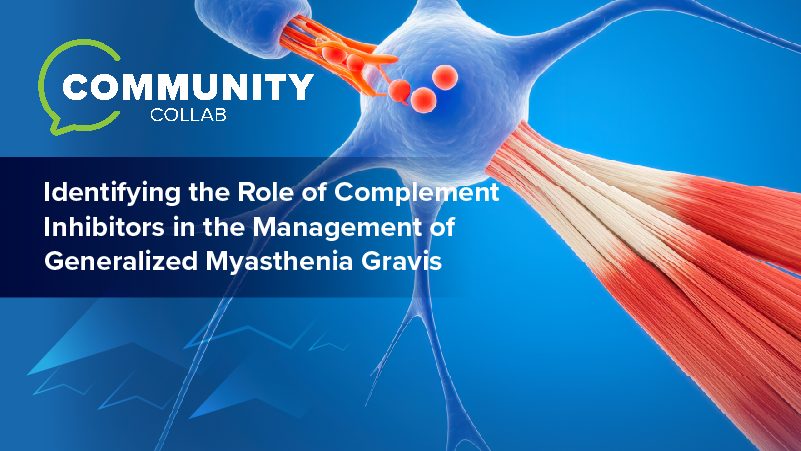
Dupilumab Monotherapy Improves AD Severity and Pigmentation in People With Skin of Color

Dupilumab monotherapy showed significant improvements in atopic dermatitis symptoms in patients with skin of color, according to late-breaking data presented at RAD 2025.
Dupilumab monotherapy significantly improved signs and symptoms of moderate-to-severe
DISCOVER was an open-label, single-arm, 24-week trial evaluating
At baseline, 81.7% self-identified as Black or African American, 10.8% as Asian, and 2.5% as American Indian/Alaska Native. The mean age was 37.6 years (SD 16.9), with 46.7% women. The mean disease duration was 19.8 years. Nearly one-third (31.7%) had an IGA score of 4 (severe disease), and the mean PP-NRS score was 7.1 (SD 1.7).1
At week 24, 76.0% of patients achieved EASI-75 (≥75% improvement from baseline), and 52.7% reported a ≥4-point improvement in PP-NRS, indicating substantial itch reduction. Improvements were seen early, with 50.4% reaching EASI-75 by week 8 and 54.6% achieving ≥4-point PP-NRS improvement by week 12.1
Dupilumab also led to meaningful improvements in post-inflammatory hyperpigmentation. The mean Post-Inflammatory Hyperpigmentation Severity Scale (PHSS) score decreased from 5.1 at baseline to 2.4 at week 24, representing a 52.9% reduction in physician-assessed pigmentation severity. The proportion of patients with moderate-to-severe hyperpigmented lesion intensity declined from 78.3% at baseline to 35.0% at week 24, while 65.0% of patients had lesions rated as none to mild.1
Patients reported significant reductions in skin dryness using the novel Xerosis in Atopic Dermatitis (X-AD) tool. Mean NRS scores for worst skin dryness declined from 8.2 at baseline to 4.8 at week 24. The proportion of patients who were “very” or “extremely” bothered by how dry their skin looked decreased from 77.8% at baseline to 17.5% at week 24.1
Treatment-emergent adverse events (TEAEs) occurred in 41.9% of participants. Serious adverse events (SAEs) were reported in 5.6%, but none were deemed related to study treatment. AEs leading to discontinuation included hypersensitivity, erythema, and one case of encephalopathy unrelated to the study drug. Common TEAEs (≥2%) included headache (3.2%), conjunctivitis (3.2%), eczema (2.4%), and upper respiratory tract infections (2.4%).1
DISCOVER is one of the largest prospective studies to evaluate AD treatment outcomes in patients with SoC. Dupilumab monotherapy was associated with substantial improvements in clinical severity, itch, xerosis, and hyperpigmentation over 24 weeks. These findings support its use as a first-line systemic treatment option for AD in this underrepresented population.1
“
References:
1. Alexis A, Markowitz Om Mayo T, et al. Dupilumab monotherapy in patients with skin of color and moderate-to-severe atopic dermatitis: Results from a phase 4, open-label study. Poster presented at: Revolutionizing Atopic Dermatitis 2025; June 6-7, 2025; Nashvhille, TN.
2. RAD: Dupixent data reinforce use in atopic dermatitis patients with skin of color. News release. Sanofi. June 8, 2025. Accessed June 9, 2025.
For more RAD 2025 meeting coverage, please click here.
Newsletter
Enhance your clinical practice with the Patient Care newsletter, offering the latest evidence-based guidelines, diagnostic insights, and treatment strategies for primary care physicians.






























































































































































































































































































































